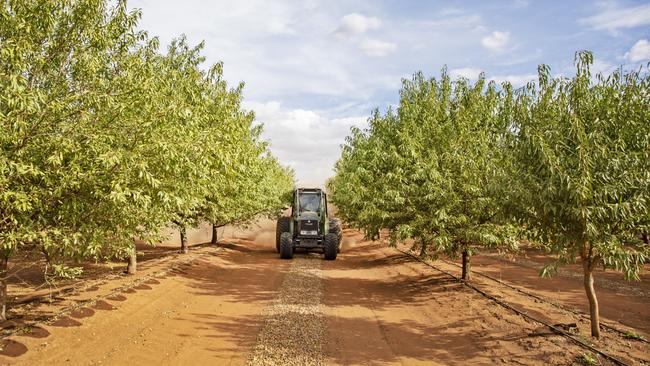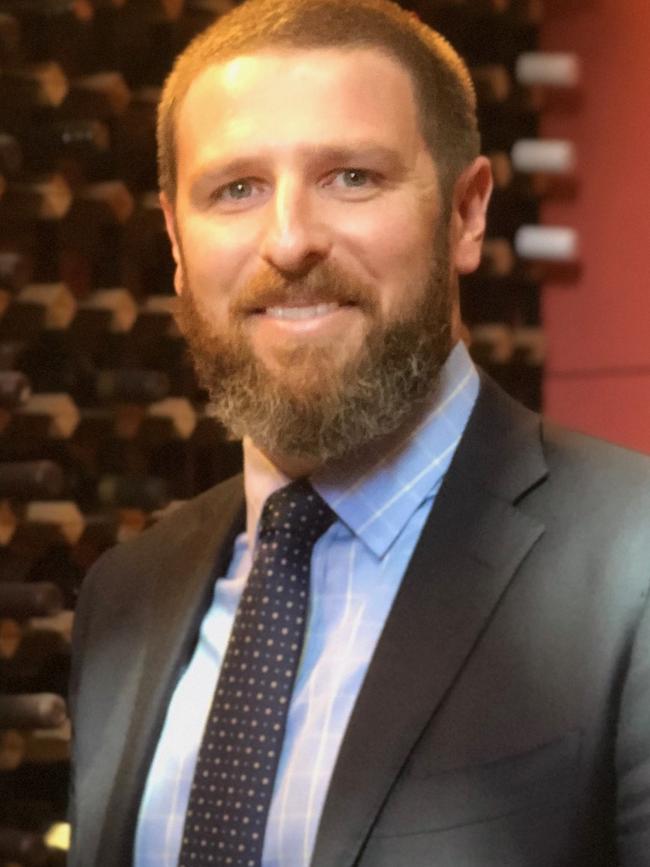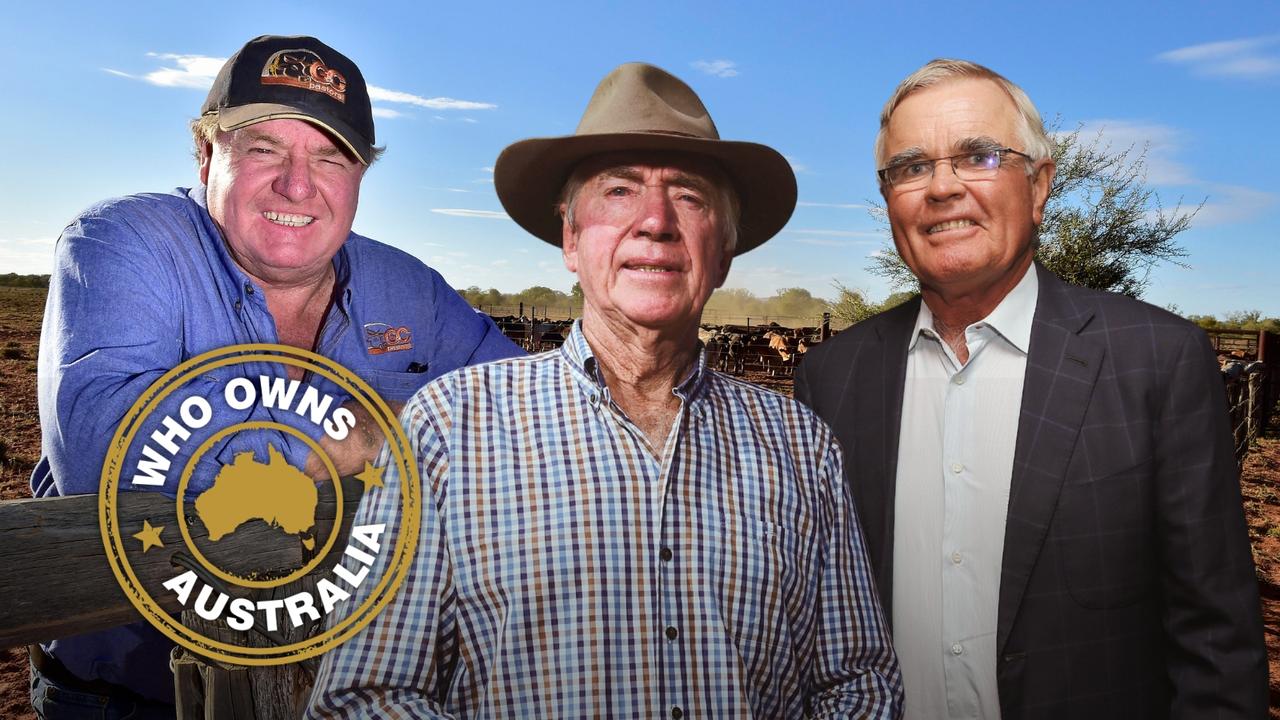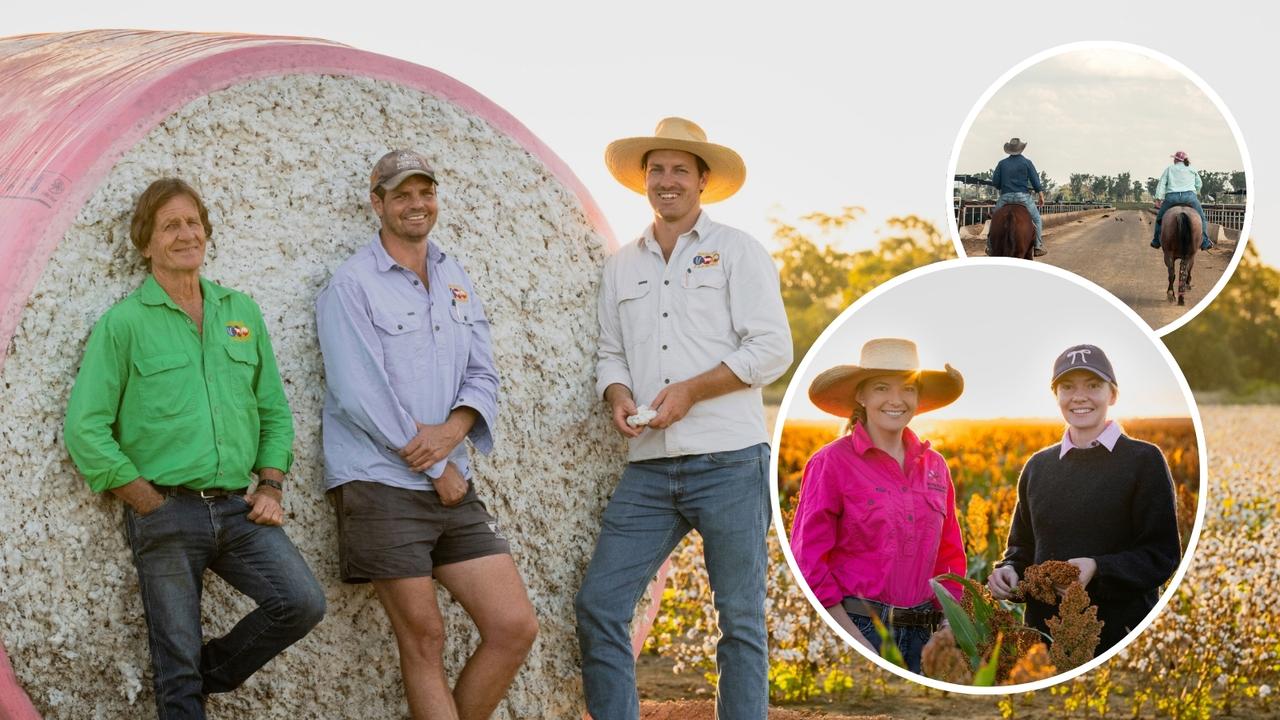India-Australia agriculture trade: Land of opportunity
India is shaping up as a potentially lucrative market for Australian agricultural produce. Find out which commodities stand to benefit the most.

On the sidelines of the world’s biggest food trade show in Dubai, a friendly cricket match turns serious.
The longstanding rivalry between the professional Australian and Indian cricket teams is being played out among a group of almond growers and traders who have put business aside to win a seven-year-old contest they’ve dubbed the Almond Ashes.
“In the first year we got the chef out and burnt some almonds and put them in a journey bottle, and so we have these ashes that keep coming back and forth between us,” says Tim Jackson, chief executive of the Almond Board of Australia.
Australia is down three-to-two (some years were missed during the pandemic). It’s not meant to be serious, but as soon as these mostly middle-aged men don their countries’ colours, the rivalry begins and talk of almonds – and satisfying India’s insatiable appetite for those grown in Australia – stops.
The ABA’s tactic has worked wonders for Australian growers who had a history of selling significant volumes into India well before the signing of the Australia-India Economic Cooperation and Trade Agreement, which came into effect in December 2022.
The pact offers greater access for Australian exporters to what is now the world’s largest country by population of more than 1.4 billion and a booming economic powerhouse.
The ECTA is seen as a precursor to a fully-fledged free trade agreement and a major diplomatic milestone with the South Asian behemoth, which had not signed a trade agreement with a developed country in more than a decade.
The benefits of that deal were quick to be realised by the Australian almond industry given their already friendly, if at times fiercely competitive, relationship with the Indians.
“We’ve been going there for more than 25 years,” says Jackson, who hails from South Australia’s Riverland. “While India is the flavour of the month at the moment, it’s a well-established market and one of our biggest success stories.”
Within a year of the ECTA’s ratification and the subsequent halving of the tariff on almonds, exports to India have risen 117 per cent to almost 24,000 tonnes, worth $138 million.
That’s a trend that is expected to continue. “India will certainly grow,” Jackson says. “From our point of view we’re the envy of the almond world.”

LAND OF OPPORTUNITY
It is this sort of trajectory a host of other agricultural commodities are in the process of trying to replicate now that the ECTA has made exporting to India a viable, and potentially very lucrative, option. The value of Australian agricultural exports to India increased 106 per cent during 2022-23, following the signing of the ECTA. Agricultural exports to India totalled $1.77 billion during the 2023 calendar year, up from $1.08 billion in 2022 and $635 million in 2021.
Well-known for its protectionist approach to agriculture, the South Asian nation is described by Australia’s Department of Foreign Affairs and Trade as “politically sensitive … with a protectionist sentiment that is unlikely to fade”.
Its government prioritises food security, food self-sufficiency and income support for farmers – who have traditionally shown strong support for Prime Minister Narendra Modi – which has meant sharp policy changes that react to the volatility of its own seasons and crop forecasts.
Modi’s Bharatiya Janata Party won its third term last month, in a mammoth six-week election process that saw the BJP lose its outright majority, and a dramatic fall in seats across India’s key farm belt states.
For Modi’s decade-long tenure as prime minister, he has largely been able to count on the farm vote. But that shifted this year as farmers became fed up with high farm debt, poor pay and a failed attempt at reforming laws regulating agriculture that led to widespread protests.
Australia’s Trade and Tourism Minister Don Farrell would not be drawn on whether Modi’s loss of faith among farmers could influence his protectionist tendencies.
But the South Australian Senator did say he made swift contact with his counterpart Piyush Goyal following his reappointment and that momentum has already begun nutting out an ambitious comprehensive trade agreement.
Farrell sees room for growth in the two countries’ economic relationship and is pushing hard for the finalisation of the Comprehensive Economic Cooperation Agreement as a matter of priority.

AG JOSTLING FOR POSITION
Coal is by far Australia’s biggest export to India, accounting for about 70 per cent of exports – helped along in no small part by the controversial Adani Carmichael coal mine in Queensland, now in its third year of operation – followed by metallurgical copper and gold.
These commodities are at the heart of Australia and India’s trading relationship.
But next in line is the not-so-humble lentil, which remains under a tariff suspension that came into effect in February 2022.
Exports of the pulse have surged in the two years since and were up 210 per cent in the 12 months after the ECTA came into effect, to $966 million.
Peter Wilson is the chair of the Pulse Council of Grains Australia, and with around 50 trips to India over a 34-year period, has seen India develop “phenomenally” in step with its growing population, wealth and global influence.
And despite India’s ambition of producing enough pulses to be self-sufficient by 2027, he doesn’t think this is at odds with Australia’s investment in the market.
“You’ve got to look at the nuance between food security and self sufficiency. We know from an Australian perspective that there’s variability in climate and weather, and things happen that you don’t think will happen,” Wilson says.
“I think the policy setting from the Indian government is clearly going to be focused on having most of what they need produced domestically, but I also detect an interest from their government to maintain very strategic relationships with key suppliers, such as Australia, to ensure that there’s no gaps in supply for particular regions for different years.”

CHICKPEAS ON THE RISE
Australian chickpea exports to the subcontinent are expected to continue their upward trajectory, with the export value increasing 515 per cent to $4.98 million from 2022 to 2023.
Grains Producers Australia deputy chair Matthew Madden will this year be exporting his entire crop of chickpeas to India – the world’s biggest consumer of chickpeas – from his farm near Moree in NSW after tariffs of up to 66 per cent were dropped in May.
“India used to be one of our biggest customers for chickpeas until tariffs were imposed before the 2016 crop. It just ended the market for us … (but) when the signals came through (the tariffs were being dropped) in late April this year, it gave growers time to change their rotations and ramp up production,” Madden says.
The Department of Agriculture and Fisheries has forecast Australian chickpea production to increase 133 per cent to 1.1 million tonnes in 2024–25 — 46 per cent above the 10-year average to 2023–24.
Madden, who visited India in July last year as part of an Australian agriculture delegation, says a growing population alongside declining water tables and increasing climate variability will provide openings for Australia.
“I went out to a village between Agra and New Delhi, and their production was still good, but it’s getting more expensive and there are more mouths to feed. So they either have to keep their food production up, or have the ability to import. That’s where Australia fits in,” he says.
The World Bank estimates India’s population has grown by an average of almost 14 million people a year, or roughly half of Australia’s total population annually.
“To my mind the opportunities are huge. We’re not going to be able to feed them all, but we’ll be able to feed some of them in those areas where they can’t get their production up,” Madden says.
Grain Trade Australia chief executive Pat O’Shannassy believes the key to unlocking the country’s success as an exporting destination is to position Australia as a partner rather than a competitive producer.
“There are opportunities (for Australia) and there’s work to be done … but the clear message from India is don’t compete, complement us,” O’Shannassy said.
“What technologies does India need that we can help with? Whether it’s in sustainability, soil, environmental aspects or developing different varieties. All countries want to value add … and we need to see where we can fit in this.”
RAISE A GLASS
A green-bottled Kingfisher is a common accompaniment to a spicy lamb korma at local Indian establishments across Australia.
But Lee McLean, chief executive of Australian Grape and Wine, is hoping within the next decade India’s nascent wine industry will feature on wine lists side-by-side domestic varietals.
“India, if you can get it right, is a huge prize,” McLean says. “It is a challenging market, there’s no question about that, the tariffs are still quite high. It could be a 10-year play for Australian wine and in that time hopefully we get tariff relief.”
Prior to the signing of the ECTA, duties on Australian wine were 150 per cent, but that was reduced to 100 per cent in December 2023 and will gradually step down to 50 per cent over nine years for bottles valued at less than US$5. For more expensive wine, the tariff will eventually scale down to 25 per cent.

Wine is very much in the shadows of whisky, India’s first choice of alcoholic beverage, McLean says, followed by beer, with wine accounting for just 1 per cent of alcoholic consumption.
“If we can work together, we can help to grow that 1 per cent to 2 per cent and that’s going to benefit everyone, and part of that discussion is trade going both ways,” he says.
“We have more than one million people living here with Indian heritage and a thriving Indian restaurant scene. Wouldn’t it be great if we could get some Indian wine on those menus.”
India is not expected to replicate the success of the Chinese market for Australian wine, McLean points out, but investing in a footprint there could only reap rewards for those willing to put in the hard yards and navigate what is seen as a complex market now.
“The ECTA was a big first step. India has traditionally not really engaged in any liberalisation of trade on ag, so allowing for modest changes on wine and other things was a big step for the Indian government,” he says.
“The next step is we need decent further market access for Australian wine and we think we’ve got plenty to offer in terms of capability development that India is looking for.”
IMPORTANT TRADING PARTNER
Dairy has long been a sticking point in trading negotiations, with India refusing to back down on its high tariff on dairy imports to protect domestic producers.
But the sheer size of India’s population and thirst for cheese has led Indian-born, Colac cheesemaker and chemical engineer Anmol Sharma to see the 30 per cent tariff as a necessary cost of doing business.
Using milk from two nearby dairy farmers who supply him exclusively, Sharma makes paneer following a recipe he devised that he freezes and ships directly to India.
From there the high in protein and fat dairy product is made into samosas, curries, naan and roti, and transported across the country, and sometimes exported elsewhere.
“There’s a big gap between supply and demand (of paneer) so we intend to fill it. The market is expected to reach $30 billion in South East Asia so we feel there’s no harm,” he says from his factory in Victoria’s Western District.

Former Victorian premier and long-time Indian advocate Ted Baillieu sees India as the most important trading partner Australia has, given its rapidly expanding population, booming economy and close geographical proximity.
“Modi has transformed India in terms of utilities, banking, taxation, roads, rial, business regulation and trade. What he’s done is extraordinary and now he’s got another four-to-five years up his sleeve,” he says.
Baillieu says Australia is in a unique position to provide food and fibre to supplement India’s self-sufficiency aspirations, but to truly capture the market, exporters will have to cast aside the narrow trope Australians too often employed focusing on “the three C’s”; cricket, the Commonwealth and curry.
“Don’t play the rhetorical game of the three C’s. Talk about long-term relationships; Indians served with Australia in the first and second world wars, we have obvious trading connections, we’ve inherited legal and political systems that are similar, they’re the biggest democracy in the world,” says Baillieu, who is the patron of the Australia India Chamber of Commerce.
“India’s need for farmed products will increase. They can’t produce it all themselves.
“But we’re a tiny state for them. We only have a small window of opportunity and if we don’t take the right attitude we’ll become irrelevant. They’ll go where they get the best deal.”




